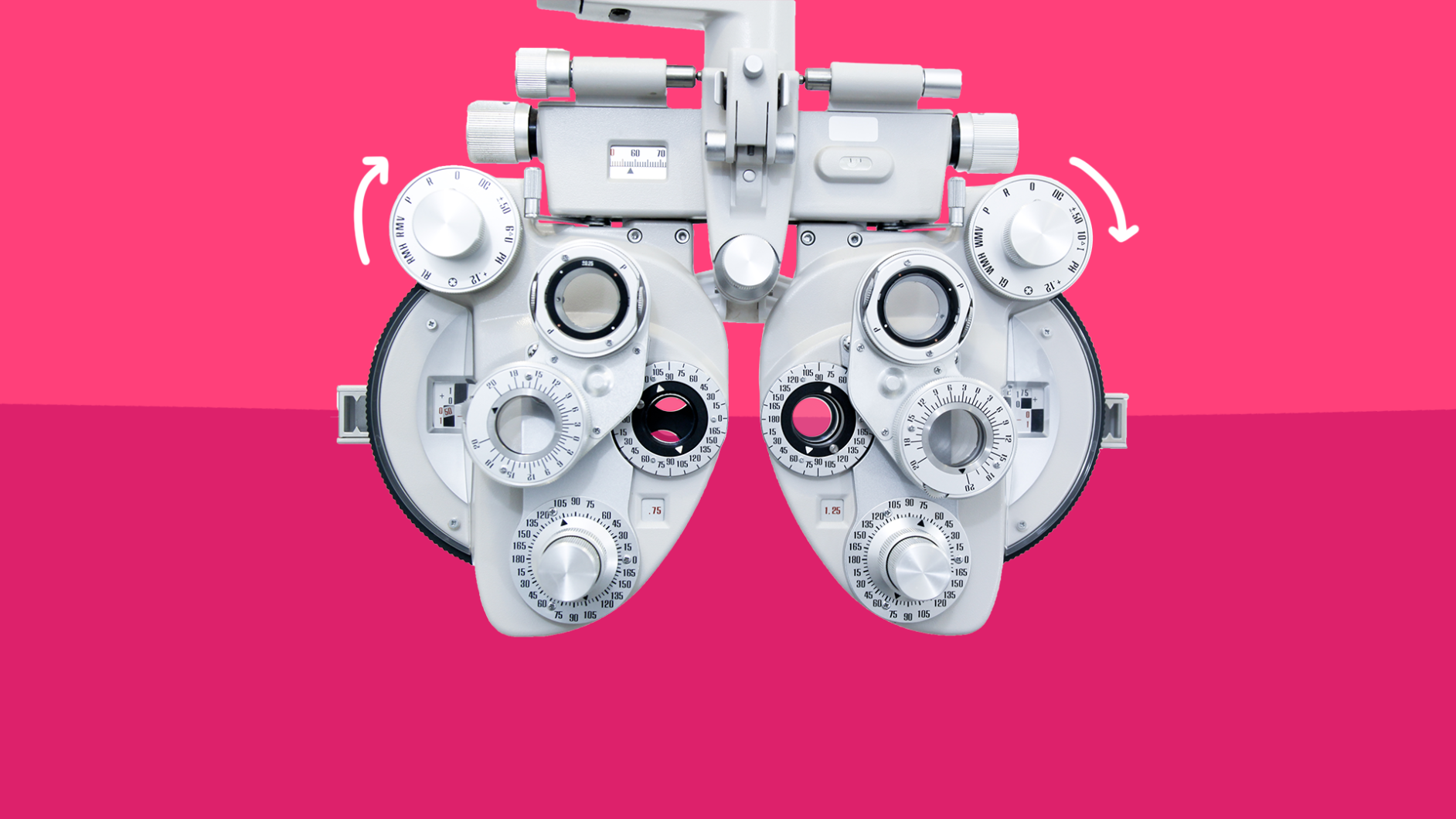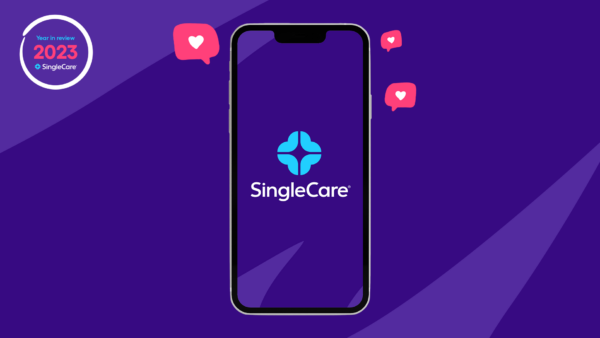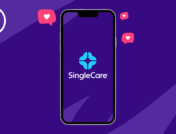For many people, a diagnosis of glaucoma comes as a shock. The chronic eye condition is, after all, known as the “silent thief of sight,” because it often has no symptoms. For me, the diagnosis actually came as a relief, at least initially. Let me explain.
I’d been to see an ophthalmologist five times in just one month as he tried to figure out why my vision was hazy in my right eye. Ultimately, he thought it could be one of two things: a rare eye disease called Iridocorneal Endothelial (ICE) Syndrome, which can cause glaucoma. Or cancer. He referred me to a retina specialist, who did an ultrasound on my eye and declared me cancer-free. Even as the retina doctor referred me to a glaucoma specialist, I celebrated. I didn’t have cancer in my eye.
It wasn’t until later that it started to sink in. After seeing a glaucoma specialist, I learned that I did, in fact, have that rare disease I mentioned, and it caused moderate glaucoma in my right eye. Glaucoma is the second leading cause of blindness in the world, and at my age—41—or at any age, that notion is terrifying.
What is glaucoma?
The Glaucoma Research Foundation defines glaucoma as “a complex disease in which damage to the optic nerve leads to progressive, irreversible vision loss.” That damage is often caused by pressure building within the eye. The good news is, if glaucoma is caught early, there’s hope, says Davinder S. Grover, MD, a spokesperson for the American Academy of Ophthalmology and an attending surgeon and clinician with Glaucoma Associates of Texas in Dallas: “Glaucoma is one of those things where when it’s treated appropriately, nobody should go blind from glaucoma.”
The challenge is that glaucoma tends to sneak up on people, at first impacting their peripheral vision, and many don’t even realize they have it until their vision suffers. That’s because when vision changes happen so slowly, the brain compensates.
“Little by little, it takes a penny out of the bank and after 10 years, 15 years, you realize a bunch of money’s gone,” says Daniel Lee, MD, a member of the Glaucoma Service at Wills Eye Hospital and a clinical instructor of ophthalmology at Sidney Kimmel Medical College, both in Philadelphia.
Living with glaucoma
It’s been about a year and a half since I was diagnosed, and it’s taken some time to get used to the new normal. The early days were a roller coaster. My glaucoma specialist prescribed different eye drops to lower my pressure. Some worked briefly, but then the pressure would always creep up again. When my pressure was high, I saw halos around lights and that haze would come back.
My doctor then decided surgery was the best option. So last December, I had something called an Ahmed valve put into my eye. It’s a tiny little tube, about the size of an eyelash, that helps drain fluid from inside my eye to the outside. I’m on prescription drops (Cosopt PF), as well, which are working in tandem with the tube. At my most recent visit to the doctor, my vision was 20/20 and my pressure was within the normal range. That’s something to celebrate.
Glaucoma is a chronic condition, and I know it may not always be as drama-free as it is now. The challenges I’ve been through with my vision have really taught me to embrace the good times and try to be positive about the future. I’m relatively young, after all, and in recent years, strides have been made in glaucoma treatments, including new medications and less invasive surgeries.
Dr. Grover reaffirms my outlook. He tells me that when he talks to patients, he emphasizes that they’re dealing with something serious, but there’s also a reason for optimism. “I am a big believer in providing concern to patients,” he says. “Don’t be flippant about it. It’s a real deal disease. It’s the No. 2 leading cause of blindness in the world. But when it’s caught early and treated appropriately, we win.”











